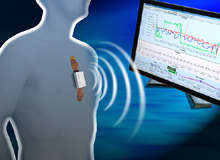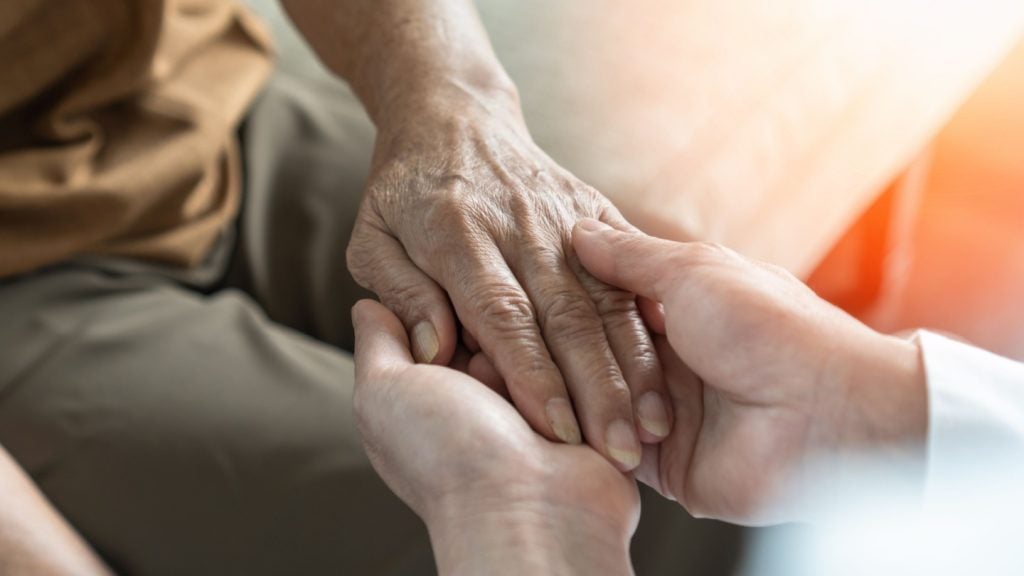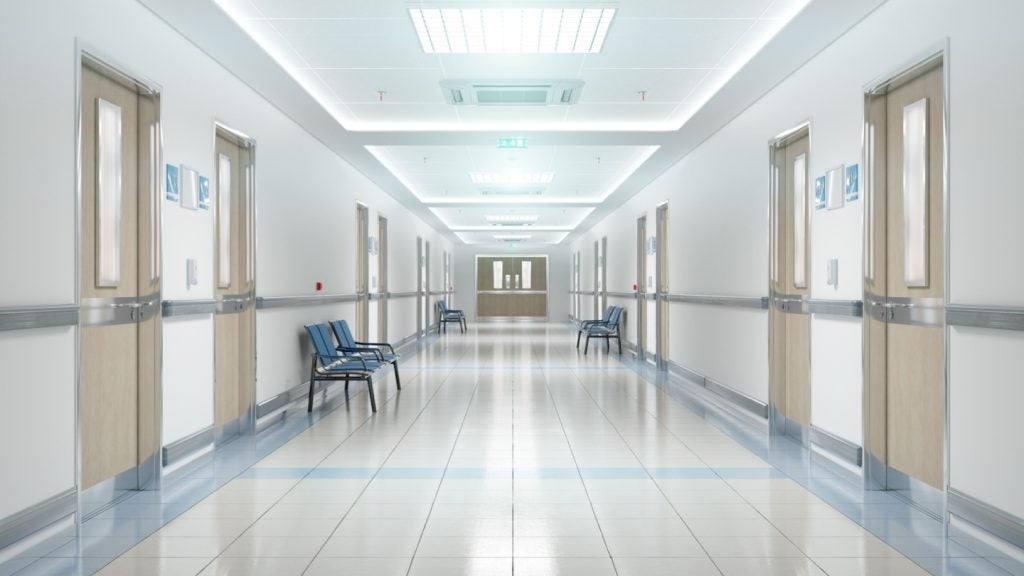
Heart rate – good, glucose levels – fine, other vital signs – checked. Meet the future of healthcare monitoring, where this all takes place not in a hospital but in the home, hospice, retirement village or anywhere a patient needs to be monitored. And if researchers have their way, one day we could see people wearing health monitors even if they don’t have an illness.
The project’s researchers like to view it as being a saviour, not only for the individual but for the healthcare system at large.
“We came up with the idea of a guardian angel,” says Dr Charles Bruce, professor of medicine at the Mayo Clinic in Rochester, Minnesota, US, where trials into the remote monitoring device are being carried out.
“The goal is to have full remote monitoring of people, not patients, just like you measure the pressure of your tyres today. Remote monitoring is the dashboard for human health.”
The clinic is so pleased with the initial results from a trial consisting of just over 20 hospitalised patients with congestive heart failure that testing is about to move to the next phase in the nearby Charter House retirement home, where the aim is to enrol another 50 patients.
Coping with age
How well do you really know your competitors?
Access the most comprehensive Company Profiles on the market, powered by GlobalData. Save hours of research. Gain competitive edge.

Thank you!
Your download email will arrive shortly
Not ready to buy yet? Download a free sample
We are confident about the unique quality of our Company Profiles. However, we want you to make the most beneficial decision for your business, so we offer a free sample that you can download by submitting the below form
By GlobalDataResearch shows that an ageing population could overwhelm the healthcare service unless action is taken to treat and monitor older people away from hospitals. The trial mentioned above is just one that the Mayo Clinic is conducting to test how well the latest electronics equipment will handle the task.
Two trials in particular stand out. The first uses a remote heart monitoring platform developed with ST Microelectronics (STM) aimed at monitoring retirement home residents at risk of congestive heart failure. If successful, the trial will be expanded to home-based patients. The second trial is of an Intel and GE Healthcare device for home monitoring patients with chronic diseases that will work with various other monitoring devices within the home.
The Mayo Clinic is a not-for-profit medical practice dedicated to the diagnosis and treatment of virtually every type of complex illness and provides clinic and hospital services at three locations in the US. The clinic has an intellectual property and technology commercialisation practice for modern medicine, which generates income to support the clinic’s patient care and research.
The STM device used in the trial is worn by the patient and monitors a number of relevant physiological parameters.
“We looked initially at irregular heart rhythm,” says Bruce. “This doesn’t kill people but it means the upper chamber of the heart vibrates, which can lead to clots that can cause a stroke. This atrial fibrillation occurs more frequently with age and affects millions of people; if detected early, it can help prevent strokes.”
The other area being looked at concerns heart muscle damage that can result from a heart attack, which in turn can lead to congestive heart failure, a leading cause of hospital admissions in the US, costing $26bn a year to treat.
“If you could predict when this would happen or release patients from hospital earlier using monitoring, this would be a tremendous saving and would let people lead a more normal life,” Bruce says.
Mayo’s STM trial
The monitoring device is worn on the chest and can record an ECG and breathing rate. It contains a three-way accelerometer that measures the body’s position and motion. This data is transmitted wirelessly to a machine that transmits information via the internet to the healthcare practice.
Software routines in the machine mean it will respond to certain symptoms and asks the patient questions to obtain more information. Patients can also look at their own data. As Maria Teresa Gatti, research and innovations director at STM, points out, the device will send alerts about issues specific to the wearer.
“The device will send alerts if there are specific situations that have been defined by the doctors that indicate something is going wrong with the patient,” she says.
Work is also being done to transform the information so it can be used easily by medical staff. This involves embedding medical knowledge into the device itself.
“At Charter House, the elderly people live in a controlled environment,” Gatti says. “It will be outside the hospital and patients will be asked to operate the monitoring system. Once a day, a nurse will check the system and replace it if needed.”
Mayo and STM hopes to move on to the next stage of the trial when people will wear the device at home in October or November this year, by which time there will have been some extra modifications to the hardware and software to ensure they comply with current regulations.
Intel’s health guide
The other major trial taking place involves a device called the Intel Health Guide. The research involves 200 high-risk Mayo Clinic patients over the age of 60 who receive care in Rochester. The goal is to evaluate the effectiveness of daily in-home monitoring technology in reducing hospitalisations and medical staff visits compared with usual medical care.
Half the patients are being used as a control group and will not use the equipment. The other half are measuring their vital signs such as blood pressure, pulse and weight, and responding to daily questions specific to their diseases with all data reviewed by a clinical care team.
The technology, which includes video conferencing capability, lets the care team assess the patient for signs and symptoms suggesting clinical deterioration. The hope is that early recognition and treatment of a change in clinical status will reduce the need for visits and hospitalisations. The trial started late last year.
“The guide sits in the patient’s home and the patient interacts with it,” explains Dustin Hanson, business development manager at Intel. “The care team decides which questions the patients are asked depending on their illness. The data are then transferred back to the Mayo Clinic.”
Other devices for measuring vital signs in the patient work with the guide and transfer the information to the guide either wired or wirelessly. These are devices made by other companies and it is a different combination for each patient. They can include blood monitors, weight scales and so on, and their data are combined with the answers the patient gives on screen.
“Staff at the clinic monitor the readings and call the patient if necessary or initiate a video conference,” Hanson says. “The screen the staff can see is colour coded. If a patient’s signs are normal, then it is green, but if the signs are outside set parameters, then it shows red. This helps the staff prioritise their time.”
The Mayo Clinic says it hopes that both these trials will pave the way for more widespread trials that will eventually lead to remote monitoring being the norm for large groups of patients.







